Advanced Grants 2023: Examples of projects
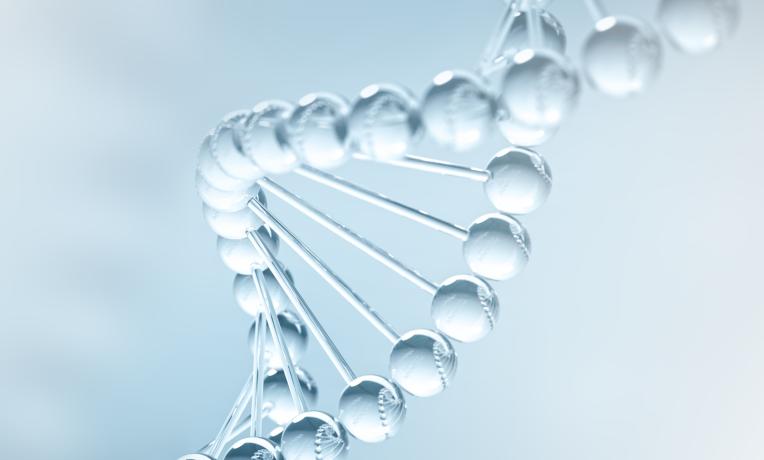
Getting rid of harmful chemicals in the body

Per- and polyfluoroalkyl substances (PFAS) are a large class of synthetic chemicals used in various everyday products. Unfortunately, they are harmful for the environment and for human health. In many places in Europe, they pose a public health threat as people are exposed to them through contaminated water or food. PFAS are readily absorbed from the gut and accumulate in the body, mainly in the liver, kidneys and blood.
There is sufficient evidence that individuals exposed to PFAS have higher levels of cholesterol and certain liver enzymes in the blood which can lead to cardiovascular diseases. In this project, Tina Kold Jensen will study large groups of children and adults over time using a novel statistical approach to understand if there is a definite link between PFAS exposure and blood fat levels. Her aim is to find methods to stop these substances from being absorbed in the intestines and get rid of them more effectively. Her findings will help authorities make informed decisions to regulate the use of these chemicals and prevent their adverse health effects.
Prof. Tina Kold Jensen is a physician and environmental epidemiologist at the University of Southern Denmark. Her research interests focus on the adverse effect of fetal exposure to endocrine disrupting chemicals.
- Researcher: Tina Kold Jensen
- Project: PFAS exposure; relationship to serum lipids in children and adults, mechanism of action and potential treatment of high exposed individuals (PFAS foreverywhere)
- Host Institution: University of Southern Denmark (DK)
- ERC grant: 2.5 million euro for 5 years
How to grow a new heart
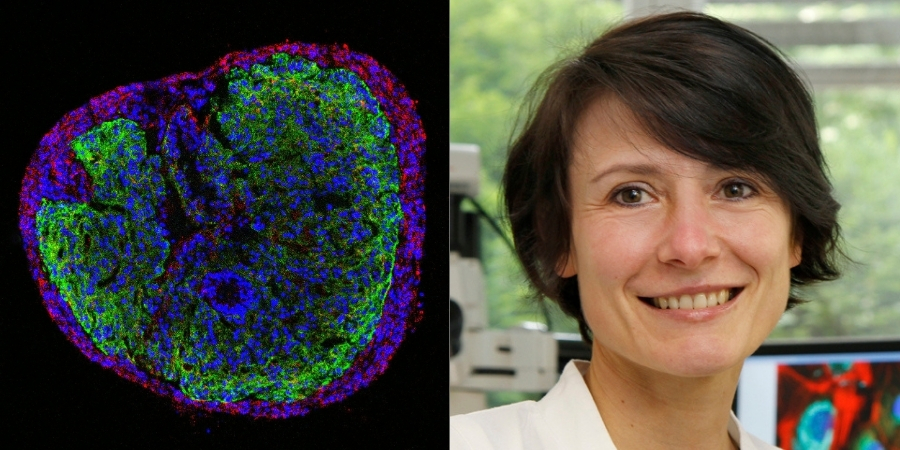
Cardiac diseases are the leading cause of death worldwide, making human cardiac regeneration one of the most critical unmet medical needs. Although possible in early stages of life, the heart’s capacity for regeneration is lost in adulthood. The epicardium – the outermost protective layer of the heart – plays a key role in the development phase of the organ. Research on other animals suggests that this function could be reactivated in adulthood to enable spontaneous tissue repair.
Targeting the epicardium for heart regeneration seems evident, but the ways in which this layer of tissue develops and responds to injury is largely unknown. Therefore, getting a deeper understanding of the human epicardium’s contribution to heart development, to response to injury or disease in embryonic life - when the heart can regenerate - is a necessary and fundamental step before designing effective therapies of heart regeneration in adulthood.
Alessandra Moretti and her team will rely on their preliminary successes in recreating in vitro the structure and cells that constitute part of an embryonic heart. Studying these cells with state-of-the-art 3D imaging and other observational equipment, the researchers aim to decode and harness the potential of the epicardium as a transformative approach to human heart regeneration.
Professor Alessandra Moretti is a Professor for Regenerative Medicine in Cardiovascular Disease at the Technical University of Munich. She conducts research in the fields of stem cell biology and cardiac development.
- Researcher: Alessandra Moretti
- Project: Programming the EPIcardium to CURE broken hearts (EPICURE)
- Host Institution: Technical University of Munich (DE)
- ERC grant: 2.5 million euro for 5 years
500 years of Mexico’s mixed heritage stories
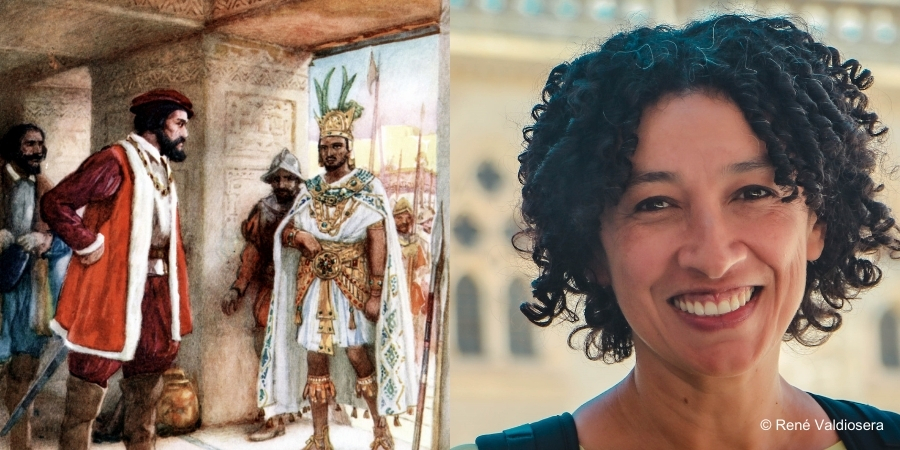
One of the most impactful encounters of transatlantic contact occurred in the 1500s when the Mexica empire met Spanish and African troops led by Hernán Cortes. The effects were unparalleled at the time but equally significant has been the portrayal of this so-called conquest for the past five centuries, profoundly influencing the self-perception and societal views of the population of Mexico.
While mixing different ethnic or cultural groups (known as mestizaje) is common in human history, in Mexico, this gave rise to new identities and social structures and was heavily influenced by social inequalities. The 500th anniversary of this encounter highlighted ongoing debates about the factors contributing to Mexico’s mixed heritage, which continues to affect this diverse and unequal society today.
The AdMEXture project will investigate how social inequalities, gender bias and various patterns of reproduction have impacted the survival and distribution of diversity within Mexico, particularly focusing on biological effects. The project will use advanced techniques in the field of bioarcheology to examine human remains to obtain the real-life histories of individuals involved in the process, providing crucial data for the ongoing social debates as well as contributing to a more inclusive and representative history.
Dr. Cristina Valdiosera is currently a researcher at the Human Evolution Laboratory of the University of Burgos. She is a biologist with a specialty in Archaeogenomics, focusing on prehistoric and historical migrations in the Iberian Peninsula and the Americas.
- Researcher: Cristina Eugenia Valdiosera Morales
- Project: Biocultural roots of diversity and inequality in Mexico: 500 years of mestizo stories (AdMEXture)
- Host Institution:University of Burgos (ES)
- ERC grant: 2.49 million euro for 5 years
Fighting drug-resistance in pancreatic cancer
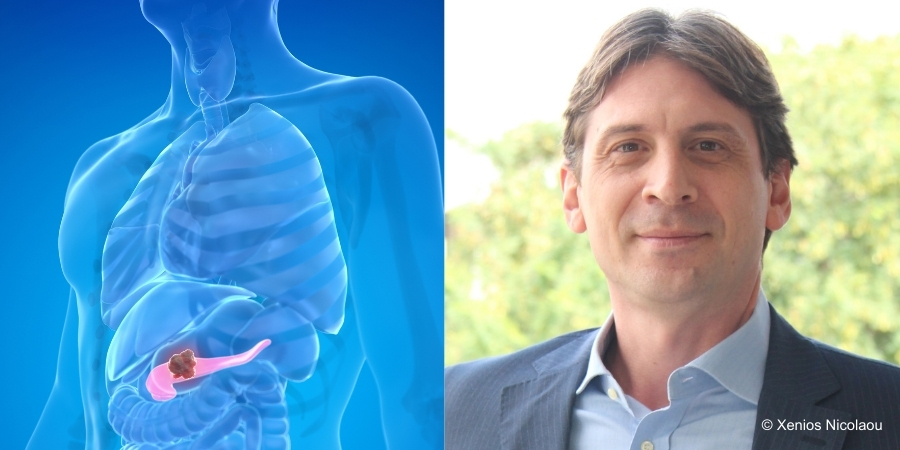
Pancreatic cancer is the fourth leading cause of cancer-related deaths in Europe, behind lung, colorectal, and breast cancer. Thus, developing novel therapeutic strategies is an urgent need to save human lives.
As in other solid cancers, a major obstacle to treatment is the compression of tumour blood vessels, drastically reducing delivery of drugs to cancer cells. In recent years, Triantafyllos Stylianopoulos found a method to make it easier for drugs to reach the tumour. Nevertheless, he observed the phenomenon of "mechanoresistance" in which intratumoral mechanical forces promote resistance of cancer cells to chemotherapy. With his interdisciplinary team, he will tackle this rarely studied problem. His plan is to first employ a mixture of cutting-edge bioengineering and biology methods to identify the intracellular mechanisms that lead to mechanoresistance. Then, Prof. Stylianopoulos will use different drugs to see if they can counteract mechanoresistance to increase the efficacy of chemotherapy. Overall, his project aims to design new, personalized treatments for pancreatic cancer and make a difference for patients.
Triantafyllos Stylianopoulos moved from the US to the University of Cyprus in 2013, where he could establish a state-of-the-art lab thanks to ERC support through a Starting Grant, a Consolidator Grant and three Proof of Concept grants.
- Researcher: Triantafyllos Stylianopoulos
- Project: Overcoming Mechanically-Induced Resistance to Chemo-Immunotherapy in Pancreatic Cancer (MechanoResistance)
- Host Institution: University of Cyprus (CY)
- ERC grant: 2.5 million euro for 5 years
Electricity from thin air
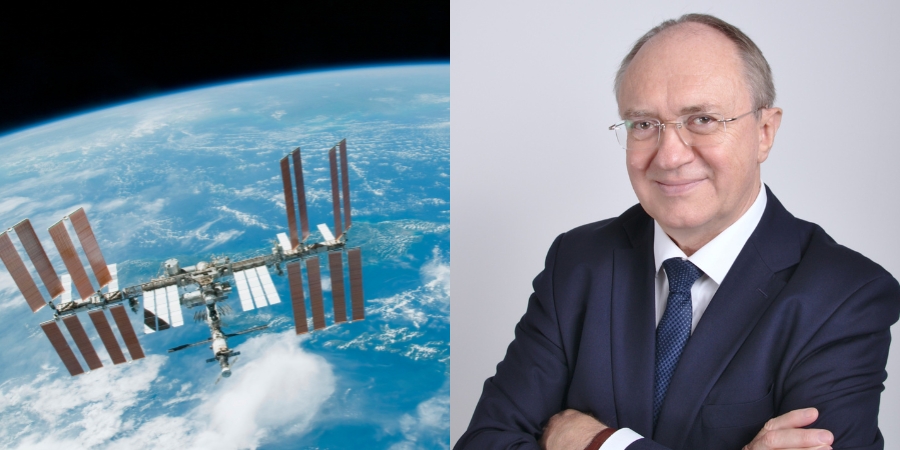
Electronics have become ubiquitous in modern society, permeating every aspect of daily life. Their pervasive presence comes with an environmental cost. Trillions of batteries, essential components of many electronic devices, pose environmental challenges due to extraction of raw materials needed for their production, manufacturing, and waste disposal. Concern also rises when considering the amount of work needed to exchange batteries in trillions of (sometimes inaccessible) loci.
To address these problems, Prof. Tomasz Skotnicki proposes a near perpetuum-mobile solution: battery-less, self-supplying technology. His proposed project called SFINKS aims to harness the natural "tides" of atmospheric pressure and temperature in order to generate electricity in innovative micro-generators. Unlike traditional batteries-powered devices, these new generators could operate continuously and everywhere. The quasi-everlasting lifetime of these harvesters could make them suitable for deployment on satellites or even other planets, where variations in pressure or temperature are abundant. Prof. Skotnicki’s goal is to equip the space exploration missions to Mars with SFINKS-powered sensors, paving the way for exciting discoveries beyond Earth.
Prof. Tomasz Skotnicki is working at Warsaw University of Technology as well as at the Institute of High-Pressure Physics of the Polish Academy of Sciences. Before returning to Poland in 2018 he was the Vice-President for Disruptive Technologies at STMicroelectronics, Crolles (France). He holds 80 patents and has authored some 500 scientific papers and several book chapters on semiconductors and energy harvesting.
- Researcher: Tomasz Skotnicki
- Project: SelF-powerIng electroNics – the Key to Sustainable future (SFINKS)
- Host Institution: Warsaw University of Technology (PL)
- ERC grant: 2.49 million euro for 5 years
Why do infants learn language so fast?

According to “statistical learning hypothesis,” infants learn by soaking up information from the language they are exposed to over time. This mirrors how today's AI Large Language Models (LLMs) learn, suggesting that basic statistical methods might be all it takes to achieve adult-level language skills. However, children seem to learn languages even faster than current AI models. By the age of three, they are exposed to significantly less linguistic input than LLMs with similar capabilities. This difference increases exponentially as children grow older. Moreover, when models are trained on speech rather than text, their learning pace slows down even more. So, how do infants manage to learn so efficiently?
Emmanuel Dupoux and his team are tackling this question with a new Advanced Grant. They will build an infant simulator which will process realistic language input and generate results observed in children. Next to statistical learning, they hypothesize that infants benefit from three mechanisms that accelerate their learning: vocal tract, episodic memory, and evolved learning abilities. Prof. Dupoux’s research aims to measure how well each of these three mechanisms works and how they contribute to babies’ accelerated learning rates.
Emmanuel Dupoux is a professor at the École des Hautes Études en Sciences Sociales (EHESS) and directs the Cognitive Machine Learning team at the École Normale Supérieure (ENS) in Paris. He is also a part time scientist at Facebook AI Research.
His research focuses on the mechanisms and representations specific to the human brain that allow human babies to acquire one or several languages and become cognitively functional in their culture.
- Researcher: Emmanuel Dupoux
- Project: Why do infants learn language so fast? A reverse engineering approach (InfantSimulator)
- Host Institution: École des Hautes Études en Sciences Sociales (FR)
- ERC grant: 2.49 million euro for 5 years





